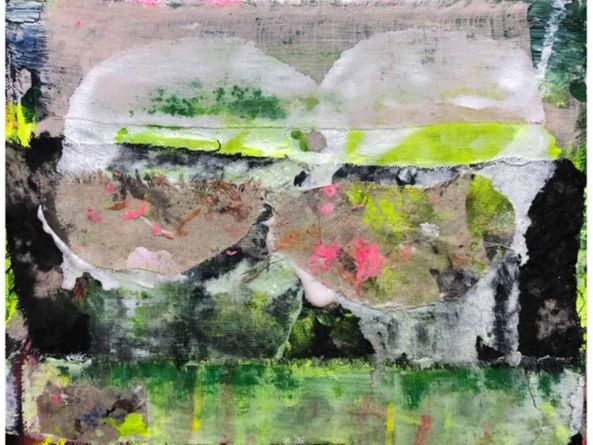The Evolution of Art Galleries: From Traditional to Digital Spaces

The Evolution of Art Galleries: From Traditional to Digital Spaces
Picture walking into a cathedral-like hall. The marble floor creates a soft echo below your feet, the spacious interior has warmth and reverence in the air, and the walls--with artwork that tells the stories of centuries--are lively. This is the traditional art gallery, where the dialogue between art and sculpture has no limits, and where culture is felt throughout.
Now, juxtapose that with today. A collector is sitting in their penthouse, glass of wine in hand, scrolling through a thoroughly curated digital catalogue. They can zoom into the fine brushstrokes of abstract art paintings, or take a 360° view of modern art sculptures and installations. No flights, no waiting lists—simply instantaneous beauty afforded through technology. This is not a replacement for something traditional but a graceful expansion of it.
The Beauty of Transition
For decades, galleries were the sanctuaries of creative spaces. Patrons travelled oceans to experience different types of painting—from Impressionist paintings to Minimalist paintings. The paintings and works that hung in the spaces, dimly lit, invited patrons to slow down, reflect, and absorb not only the artwork and the glowing lights, but also the sense of belonging when one saw these artworks together.
Today, thanks to the technological age, we can see these same works that barriers of geography precluded Hewett's and Storitz's collection from collectors in Dubai, Singapore, or New York, experience at the tips of their fingers at home. Emotional connection is sustained, but accessibility is diversified. The online galleries add to the inclusiveness of the art, and if executed with delicacy, as we at Kadari Art Gallery endeavor to accomplish, they may also bring luxury into the experience.
The Modern Sculpture Experience
Sculptures?
In conventional galleries, they command respect, with their grand presence filling the room. Moving around the pieces, seeing the play of lights upon their surface, is part of the ritual of enjoyment. Nevertheless, through digital means, contemporary sculpture may be appreciated remotely in breathtaking definition, illuminating every nuance and curve. Collectors can study the details of a complicated bronze figure on the tablet and then enjoy seeing it in the flesh at our gallery, essentially blending both experiences.
In Kadari Art Gallery, this blending of physical proximity and online convenience is no sacrifice but an extension of luxury. Picture this: being able to re-see the sculpture whenever you want, anywhere you like, with just one click.
Incorporating Art into Everyday Life
We believe that art should be part of our daily lives. Galleries subject you totally to art, but websites enable you to experience art in the instant you see the website, anywhere you happen to be.
These modes of viewing art complement each other to provide you with a better experience. Kadari Art Gallery integrates these concepts to ensure that whenever you view our artwork in person or online, something happens with you. We honor the tradition of art but also harness technology to create new ways of telling stories. From abstract art paintings to striking sculpture, each art composition conveys something in which culture intersects with contemporary life.
Frequently Asked Questions (FAQs) :
1. Do galleries and museums still count?
Not at all—a museum's fossil galleries offer an experience that cannot be replicated online. Instead, online spaces offer maximum accessibility.
2. How are digital format representations of sculpture done?
By means of interactive 3D tours, modern art sculptures may be experienced in unprecedented detail.
3. Why are abstract pieces so well-liked on the Internet?
Abstraction welcomes personal response, so this is well-suited for digital applications.
4. Will collectors still value real-life experiences?
Absolutely—those who often value curation at the personal level with digital access.
5. What is the contribution of Kadari Art Gallery to this development?
We mix the old with the new, with various types of painting and sculpture in physical and online spaces.
Final Thoughts
The development of the art galleries is more than just contrasting tradition with technology, but more so highlighting the blending of the two to heighten the experience of the arts. The calm ambiance found in sculpture galleries, the close details that are noticeable in brushwork, and the sophisticated nature of digital accessibility work together in unison rather than conflicting.
At Kadari Art Gallery, we believe that true luxury stems from this equilibrium. We strive to maintain the soul of art—in whatever elaborate frame, bronze sculpture, or compelling online exhibition—that the art may continue to inspire, provoke the mind, and uplift its observer. The development of spaces for the arts is more than the progression of their physical facades, but also refers to the extent to which they may touch the lives of the people who use them.









